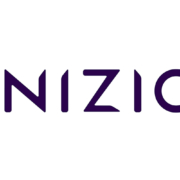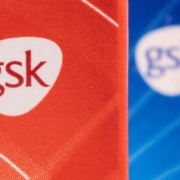PDUFA for Apellis’ geographic atrophy NDA delayed by three months
PDUFA for Apellis’ geographic atrophy NDA delayed by three months
Published: Nov 04, 2022
By Tristan Manalac
BioSpace
Apellis Pharmaceuticals is submitting additional 24-month efficacy data to supplement a New Drug Application for its intravitreal candidate pegcetacoplan for geographic atrophy (GA) secondary to age-related macular degeneration (AMD).
The FDA will consider this as a major amendment to the application, which means the PDUFA target action date will be pushed back by three months to give the agency time to review the supplemental data. Apellis expects to make the submission within the month.
Despite the PDUFA delay, the Waltham, M.A.-based biotech expects that the setback “will have minimal impact to the timing of the launch,” Cedric Francois, M.D., Ph.D., chief executive officer and co-founder, Apellis, said in a statement Thursday. The product was initially slated for a January launch. The company is readying for a launch immediately after approval.
Francois added that Apellis had completed the data package for the long-term efficacy data “faster than expected, providing us with an opportunity to submit these data prior to the November 26 PDUFA date.” The supplemental submission could “provide an even stronger product profile at launch” for pegcetacoplan, he said.
The Data Driving the Submission
Apellis had previously submitted its 24-month safety data.
These add-on findings come from the Phase III DERBY and OAKS studies, which enrolled 637 and 621 patients, respectively. Both trials are randomized and double-blinded comparisons of pegcetacoplan’s efficacy and safety against a placebo.
Pegcetacoplan is a compound that binds to the C3 complement protein, as well as its activation fragment C3b. This mechanism helps ease the excessive action of the complement cascade, which has already been implicated in a number of conditions.
An advanced form of AMD, GA arises when lesions grow uncontrollably, leading to the widespread destruction of retinal cells. Hyperactivation of the complement cascade drives this pathology. Though a leading cause of blindness worldwide, there are currently no approved cures for GA.
The potential of pegcetacoplan’s mode of action was confirmed in both Phase III studies, which showed that both monthly and every-other-month injections of Apellis’ drug slowed lesion growth in GA patients over 24 months of follow-up.
In DERBY, monthly pegcetacoplan reduced growth by 19%, while every-other-month doses did so by 16%. In OAKS, lesion growth slowed by 22% and 18% in the respective doses.
Of note, between months 18 and 24, both DERBY and OAKS also showed an acceleration of the treatment effect of pegcetacoplan, characterized by a more aggressive reduction in lesion growth in treated patients.
Compared to placebo, pegcetacoplan also did not lead to worse visual function. Both trials also found pegcetacoplan to be well-tolerated. Infectious endophthalmitis had a per-injection rate of 0.034% over 24 months of follow-up, while intraocular inflammation was reported at 0.24% per injection.
Source: BioSpace









